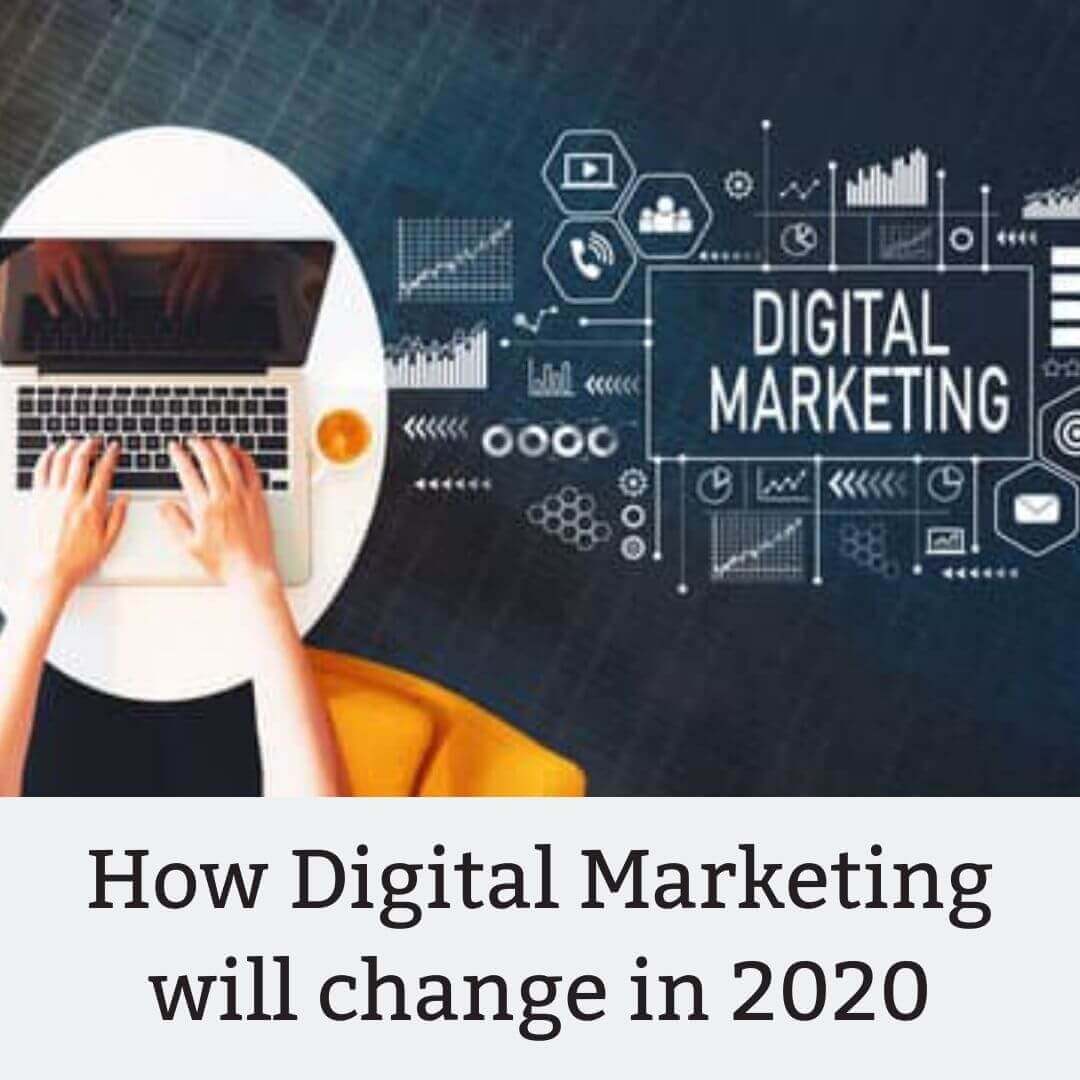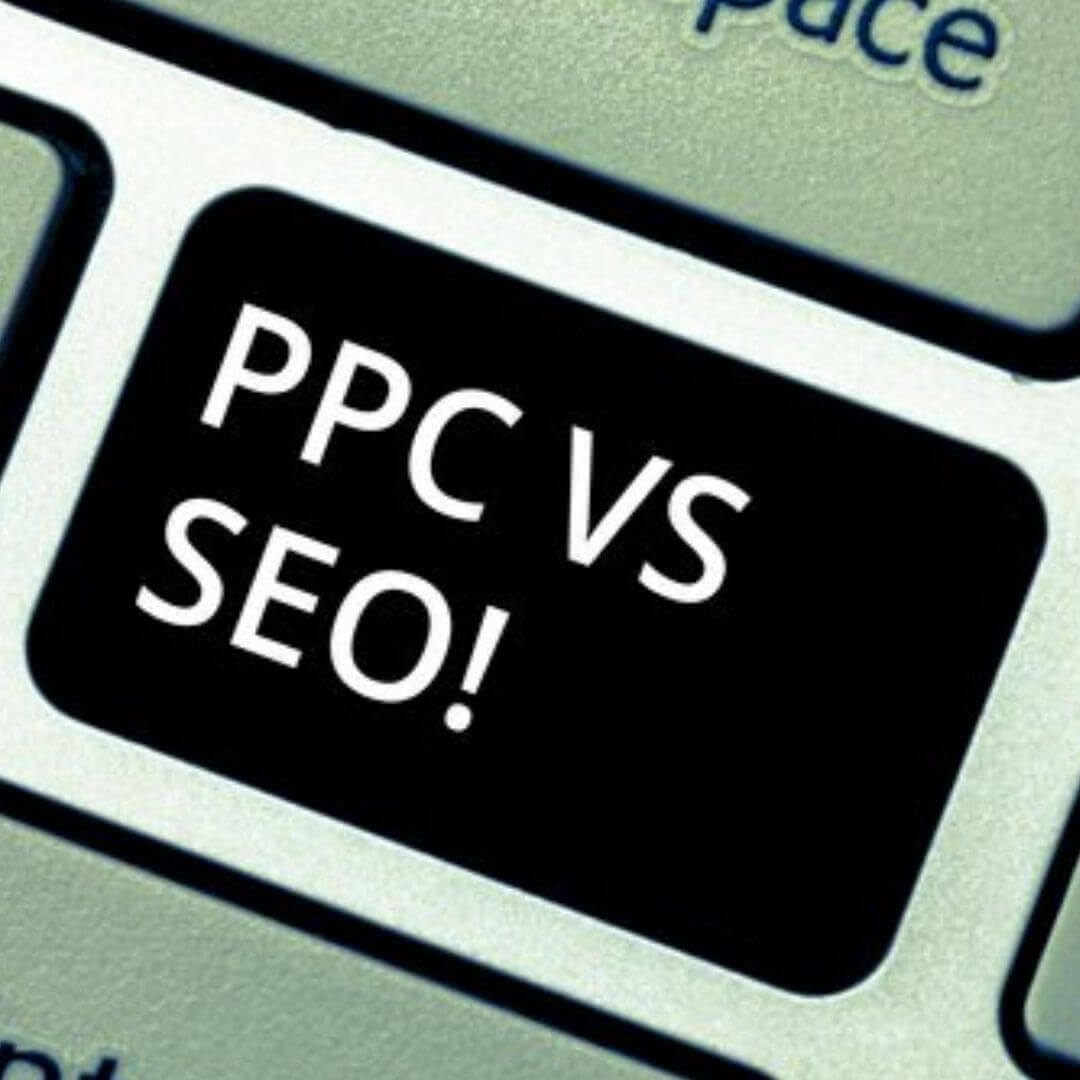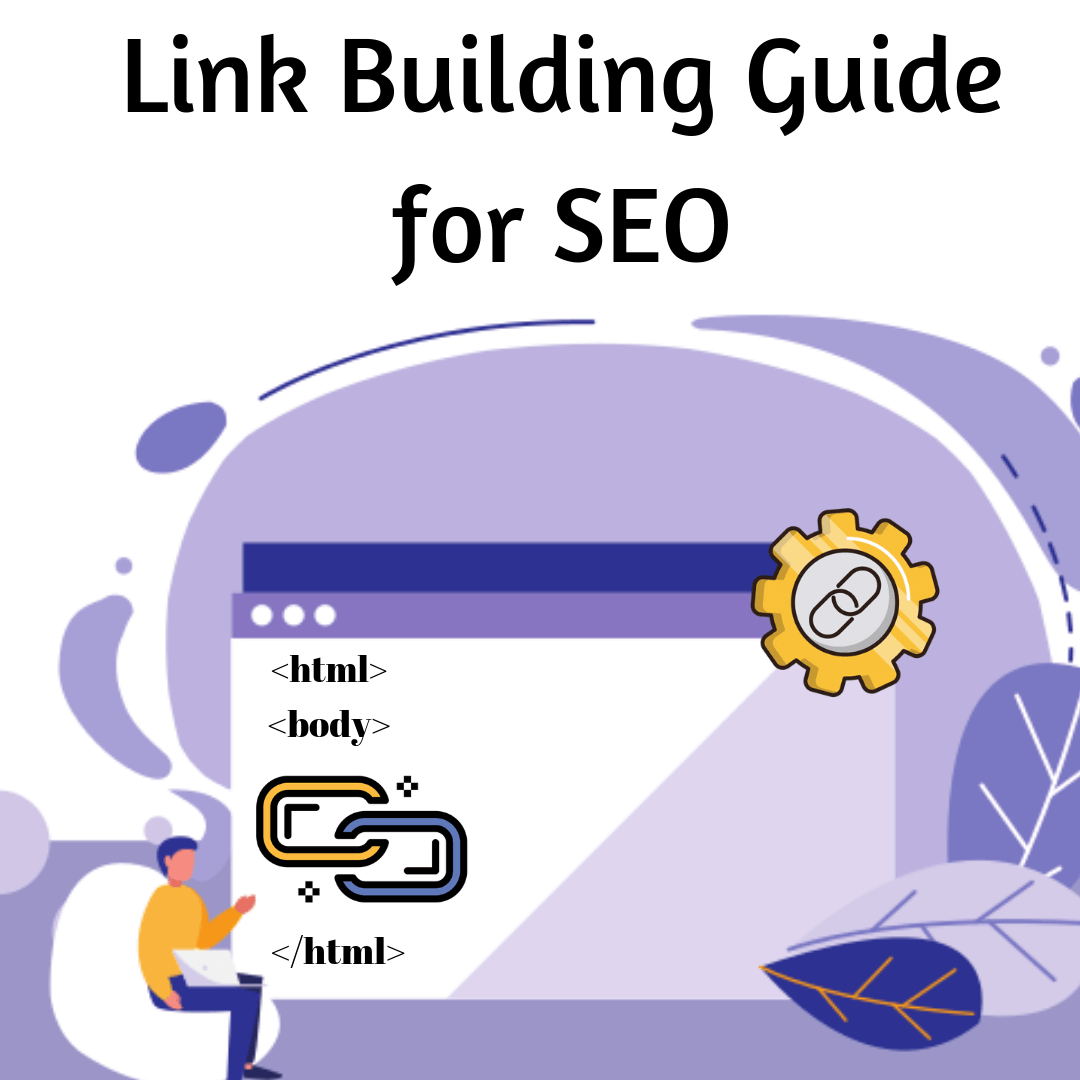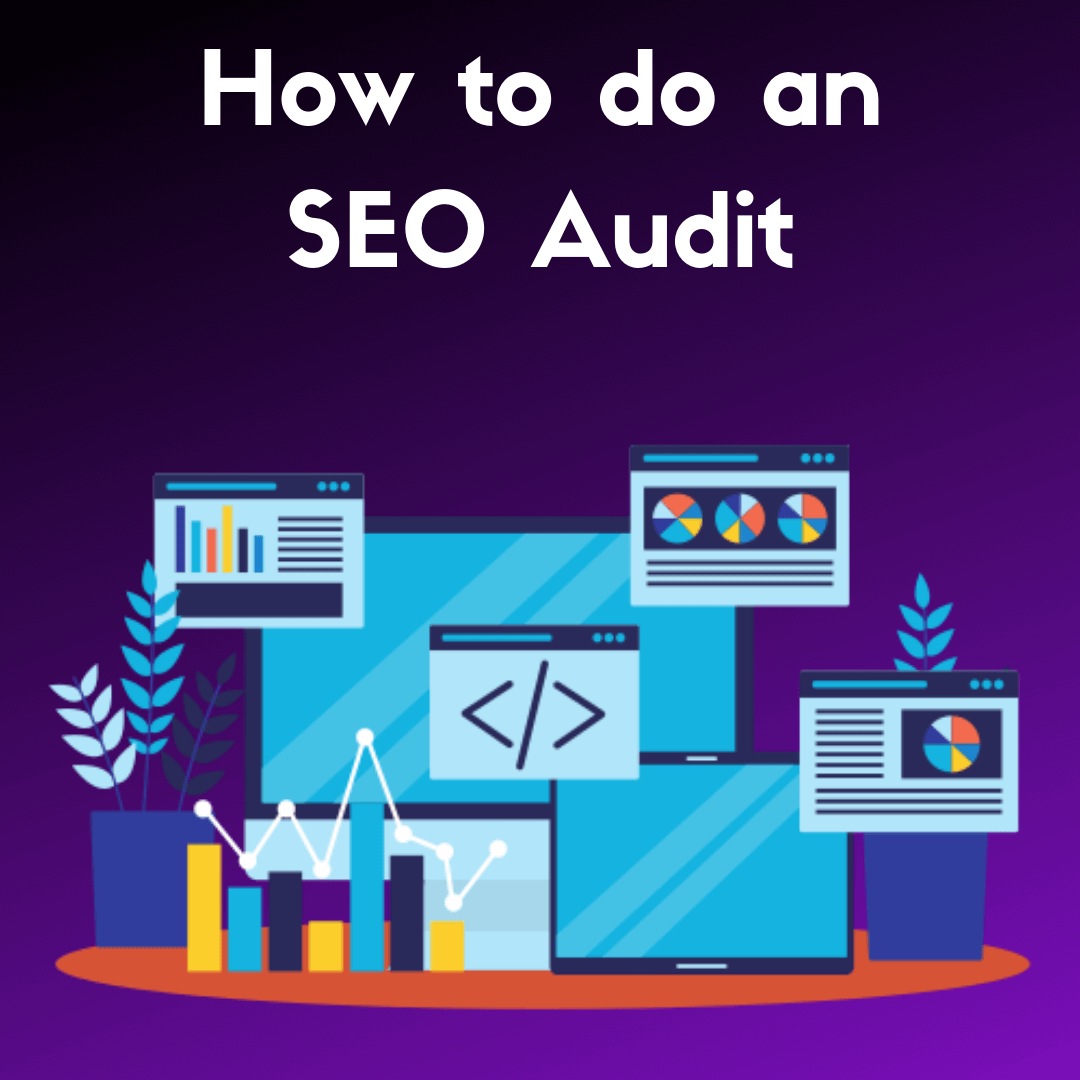Good Copywriting for Facebook Ads, Google Ads and Email Marketing [The 3 skills]
Copywriting is one of the most underrated skills in digital marketing, and in business in general. Copywriting is writing text for the purpose of advertising or other forms of marketing. In digital world, good copywriting can be used in your Google ads, social media, blog posts, email marketing etc. Many businesses can rise or f
KGR technique in SEO
The Keyword Golden Ratio (KGR) technique is an information-based approach to discover keywords that are actually underserved or unattended on the Internet. If you’re lucky to locate a KGR keyword and write content that is focused on the keyword, your article could usually rank in the top 50 in 2-3 days, sometimes you can rank
How Digital Marketing will change in 2020
Before we get into what’s about to change in Digital Marketing in 2020, it’s important to assert that the most important things do not change. Good copywriting will always be central to good digital marketing. Understanding your customer deeply is the first step for any effective campaign. Improving key metrics’ like co
SEO vs PPC – How To Decide
Search Engine Optimization and Pay-per-click (on search engines) are the ways that help you grow traffic on your website. Both the techniques are useful to fulfill your purpose but the selection depends on the type, scale and motive of the business. The end goal of both the approaches are the same but the way they […]
Link Building Guide for SEO
What is link building? Links are votes of trust, and link building is a signal to Google that your site is a quality source worthy of citation. For example: If you visit an unknown place and ask for a good coffee shop and 4 people point towards one cafe, your votes of trust will lead […]
How to do an SEO Audit
SEO (Search Engine Optimization) is the practice of increasing quantity and quality of traffic to your website through organic search results. SEO audit is the process of analyzing how well your web presence relates to SEO best practices. Learning how to do an SEO audit is the first step of developing an SEO plan and […]
Top 4 Digital marketing trends for 2019
Today I want to quickly summarize what I think will be the biggest digital marketing trends for 2019. Already, 2018 saw massive changes occurring in this field, so before we go further let’s look at the most significant changes we saw in 2018. Trends from the previous year: 1) The importance of influencers (which is […]








